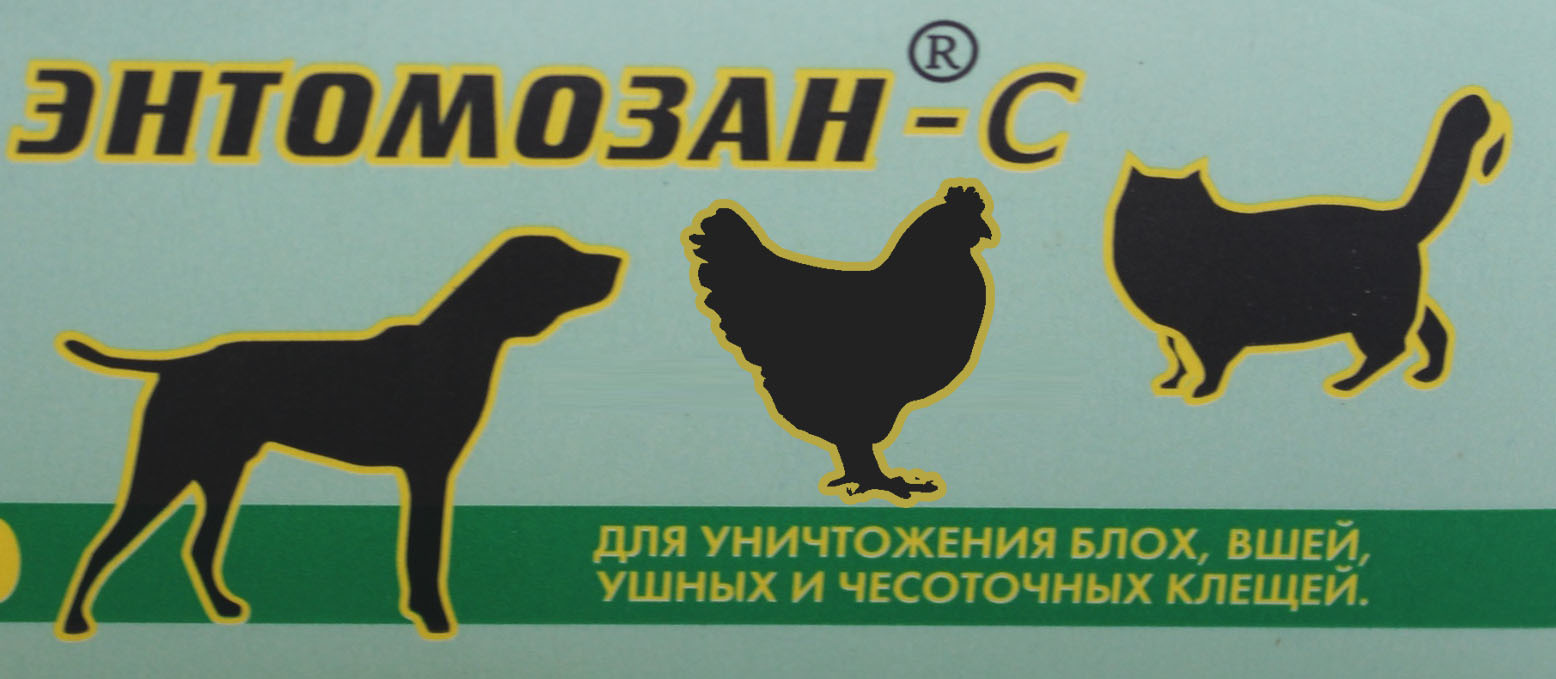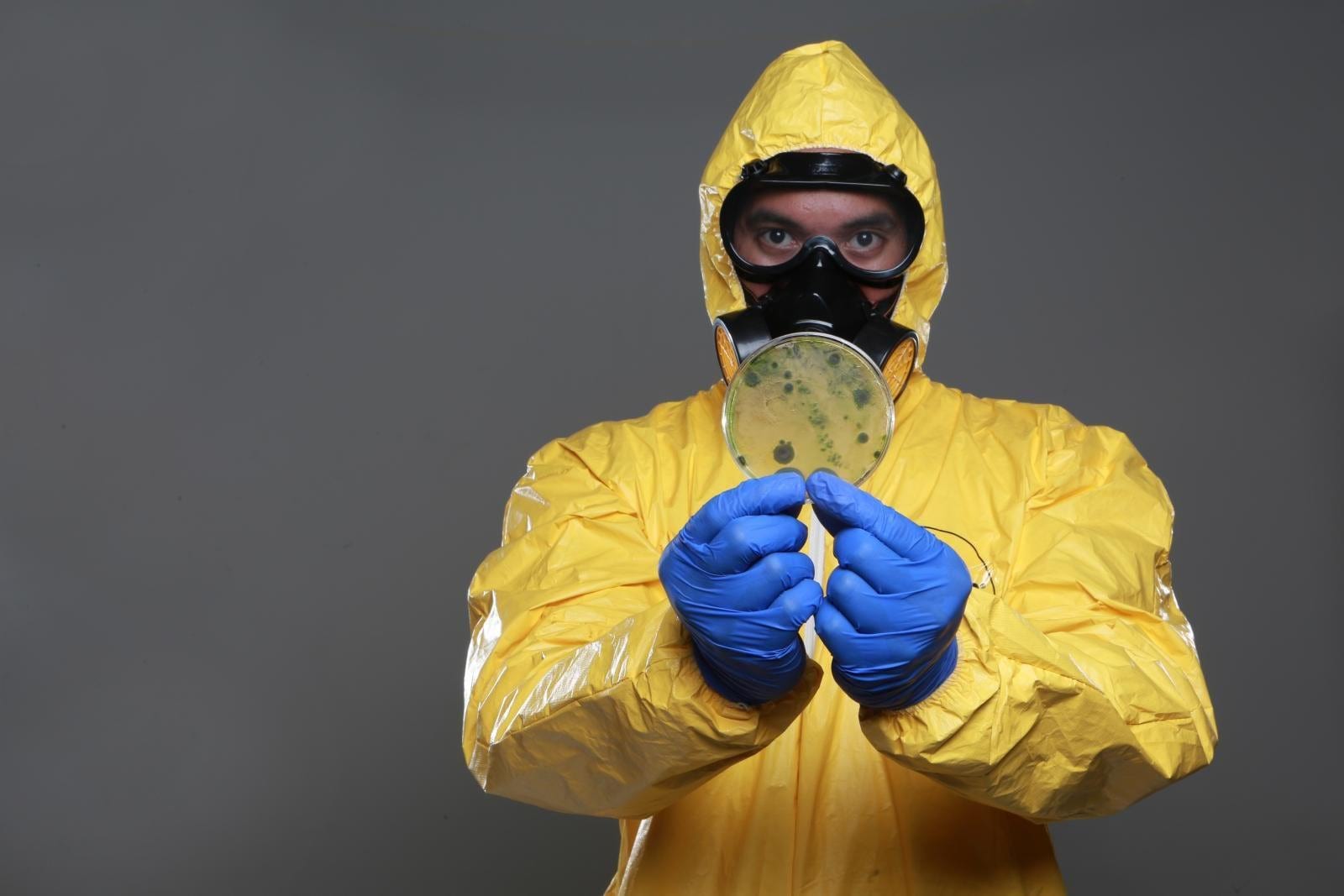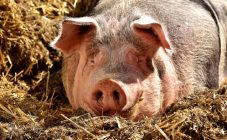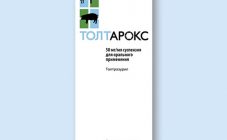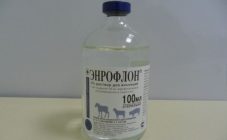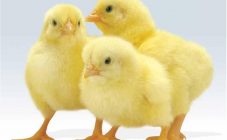Content:
Entomosan C is a drug in demand in veterinary medicine for combating various types of parasites. It is versatile and can be used for external use in case of damage to birds, which makes it indispensable in a farm first aid kit. Entomozan for chickens is used for treatment and prevention, for treatment in case of infection with various types of parasites. How entomosan C works, instructions for use for chickens, how to dilute and dose the drug - the topic of today's article.
General information about the drug
Entomosan C is a potent emulsion that is used not only for treating livestock, but also as a disinfectant indoors and in the outdoor yard. Veterinary medicine is effective for use in the following situations:
- when infected with lice;
- ticks;
- fleas.
In addition, it is suitable for treating premises from mites, flies, cockroaches and other ectoparasites that harm the feathered population. The veterinary drug, provided that it is properly dosed and diluted, does not have a toxic effect on the inhabitants of the house.
Entomozan-S: description and characteristics
Entomozan is an antiparasitic veterinary drug produced in the form of an emulsion. The manufacturer offers the following options:
- ampoule 2 ml in a cardboard box;
- bottle of 50 ml;
- bottle of 500 ml.
The drug entomozan with instructions for use for chickens is on sale. It describes recommendations regarding dosage and use of the drug. The substance acting on parasites - cypermethrin - is contained in the preparation at a concentration of 10%.
The instructions for use of the drug describe how to use:
- externally for processing the skin and feathers of chickens;
- for disinfection of the premises.
Subject to the recommended dilution proportions, the product is not toxic to birds. But a violation of the dosage can cause intoxication if the drug enters the body through the beak into the respiratory tract or the digestive system.
Instructions for use for chickens
Veterinarians recommend periodically using the drug for the treatment of premises, especially with floor keeping and dense planting of chickens. Chicken parasites die after the first application. Instructions for using the drug entomosan C, how to dilute it for chickens and apply step by step to treat feather cover:
- It is necessary to prepare everything that is needed for processing: gloves, a respirator, a dilution container with a sprayer.
- Next, dilute the solution at the rate of 5 ml of emulsion per 1 liter of water.
- Capture the parasite-infected individuals and spray the solution, lifting the feathers.
- Avoid getting the drug in the eyes and nostrils.
When processing individuals infected with chewing lice, the solution should be evenly distributed directly over the skin at the very base of the feathers. In the case of a large-scale lesion, the drug may be ineffective. Poultry infected with chewing lice are not used for meat production. Carcasses are burned or buried away from the house.
Chicken coop processing
To ensure the destruction of parasites, the birds and the poultry house should be treated together, as well as the walking yard, if necessary. If a planned treatment is carried out, entomosan should be diluted as for chickens in water. You can use the same concentration, but use more. How to disinfect:
- It is necessary to prepare first a solution of the emulsion in a small container so that the active substances are dissolved in water. For 2 parts of water, use 1 part of the drug.
- The resulting solution is added to a container with water for processing and shaken thoroughly. The ratio is 1: 200.
- Next comes the actual treatment of the room at the rate of 30 ml per 1 m².
- Open areas are treated at the rate of 0.5 liters of solution per 1 m².
Poisoning
The use of entomosan C in for the treatment of chicken feathers can cause poisoning with the active ingredients of the drug. Intoxication manifests itself with the following symptoms:
- deterioration in appetite, complete refusal of food;
- tearing;
- weakness, lack of habitual activity;
- labored breathing;
- convulsions, trembling;
- loss of orientation in space;
- violations of coordination of movements.
In severe cases and in the absence of experience in providing assistance to birds, it is advisable to involve a veterinarian for treatment. But, if the symptoms are not very pronounced, you can help the layers on your own. What to do:
- Exclude contact of the bird with poison.
- Introduce enterosorbent through the beak (the same that is used for people - smecta, activated carbon, enterosgel).
- Drink abundantly the bird with clean water or a weak solution of baking soda (½ teaspoon for 3 liters of water).
Tips from experienced poultry farmers
In case of parasitic infections, action must be taken quickly and efficiently, otherwise there is a risk of losses, especially among young animals. Experienced poultry farmers are uncompromising in the fight against parasites, and this is what they advise.
- Before breeding entomosan for chickens, you need to carry out a visual inspection of the bird. If there are signs of infectious disease in addition to parasite infestation, the affected individuals should be shown to a veterinarian. During the period of illness, processing is strictly prohibited!
- To avoid frequent attacks of parasites, it is recommended to use slaked lime and peat as a basis for bedding.
- After processing, slaughter cannot be performed immediately. Chicken meat will contain substances toxic to humans for another 10-11 days.
- After processing, you need to thoroughly wash the drinkers and feeders, because the remains of the poisons can cause severe poisoning in the bird.
- To avoid poisoning for the poultry farmer, it is recommended to take enterosorbents in a high dosage before processing.
- It is easier to prevent infestation with parasites if you install sand and ash baths in the barn and in the walking yard.
- It is advisable not to keep different types of animals in the same room.
- Up to 1-1.5 months minimum, it is recommended to keep chicks separately from adults. Parasites that do not harm mature stock can trigger outbreaks of fatal disease in young stock.
Preventive treatments should not be used too often. They will be replaced by effective prevention and maintenance of proper sanitary and hygienic conditions in the poultry house. If all the rules for the use of drugs are observed, the risks are minimal!
